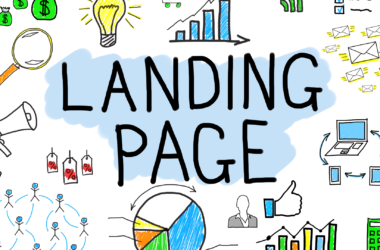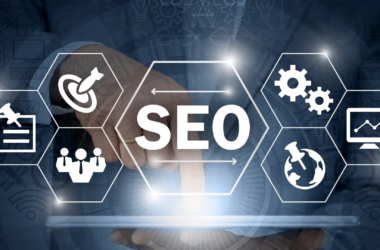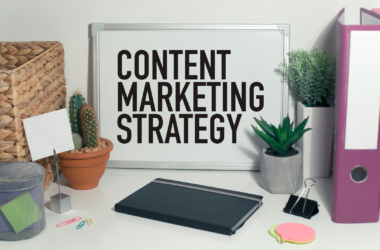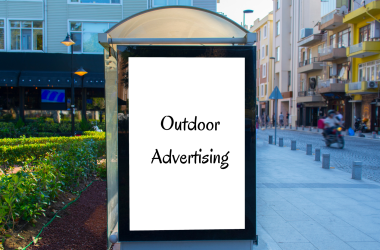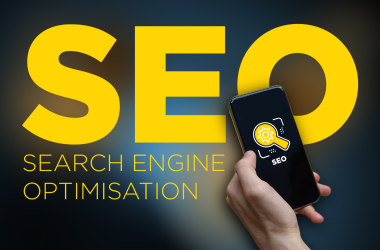Everything You Need To Know About Keyword Match Types
The headline of the phrase “keyword match types” might lead you to believe it has to do with what type of phrase is being searched for. But it’s actually about the different ways in which keywords can be used to manipulate Google’s search results. Before we get into the details, it’s important to note that not all keywords are created equal. Like snowflakes, they’re kind of like and can be different depending on the context. However, they all have one thing in common: they are the deciding factor in what Google will rank first for your query. Choosing the right keyword match type when building your Google AdWords campaign is crucial to its success. While only using the Broad Match keyword match type is recommended, sometimes you need to target an exact match, and your AdWords account may be restricting your targeting options by not allowing you to add additional keywords. So, how to add new keywords to Google AdWords when you don’t want to be involved? What is a Keyword? A keyword is a word or string of words that someone might use when searching for something on the Internet. For example, if someone were to search for “running shoes,” the phrase “running shoes” is the keyword. A keyword can be a single word or multiple words that form a phrase. They are the words that the user types into the search engine to be redirected to your website. They are words that users look for in their queries. Keywords are the basis for search engine optimization. If you have the right keywords, your website will be ranked highly by search engines like Google and Bing. Here Are The Different Kind Of Keyword Match Types Broad Match In the world of search engine optimization, there are a lot of terms that are hidden in the deep, dark depths of the Internet. But don’t worry; you don’t have to search long to find this one. Click on “Search Engine Optimization” in Google, and you’ll find a speed keyword with a list of advanced search options. One of those options is “Match Types.” Broad match is the acronym for “Broad Match,” and fetch as Google is actually the three words that make up that term: “Fetch,” “Google,” and “Search.” The idea behind the term is that the search engine isn’t sure what keywords you want to search for, so it fetches those keywords from the website. Phrase Match Phrase match keywords are most often used when you want to target a particular phrase. For example, if someone searches for Atlantis, you don’t want to show up for Atlantis hotels or Atlantis Bahamas. You want to be found when people search for Atlantis Resort. If you don’t know what keyword match types are, it is the type of match type used across Google Adwords, Bing Ads, or Facebook Ad campaigns. Match types are how Google, Bing, and Facebook determine if someone sees your ad or not. The keyword match types available are Phrase, Exact Match, and Broad Match, which describe where your ad will appear when somebody types something in your ad’s description or headline. Exact Match Keyword match types refer to how Google sees and treats your keywords. Exact match options include “Exact” and “Phrase.” An exact match means that the keywords must appear exactly in their completed form. For example, if the keyword contains the string “quality,” “quality food,” “quality products,” “quality clothing,” or “quality services,” then it must be entered exactly as that string. What Are Negative Keywords Negative keywords are an essential part of marketing for any business, big or small. They are words that indicate what you don’t want your advertisements to show. If you sell clothing, you don’t want your ads to appear for people searching for “invisible pants.” In a regular keyword match, your ads will still appear, but your ads won’t show for that specific search. In a negative keyword match, your ads will still show, but they will only show for searches that contain the negative word. This is an important distinction because your advertisement will still appear for searches that may not have anything to do with your business. Why Are Keywords Essential? Keywords are an important part of SEO. The keywords are the words or phrases that a user types into a search engine like Google or Bing to find a site. These keywords are designed to help search engines match a user’s query to a site. Without keywords, a search engine would be unable to provide the most relevant results to a user. Keyword Match Types are the key to PPC marketing. They allow you to target specific keywords and increase your conversion rate. In this article, we’ve discussed all of the different match types and how they can transform your ads. To maximize your return on investment, you should experiment with different areas of your PPC account. For example, you can test ad copy, image, title, and URL to see which combination works the best. We hope that the tips in this article will help you reach your PPC goals.



